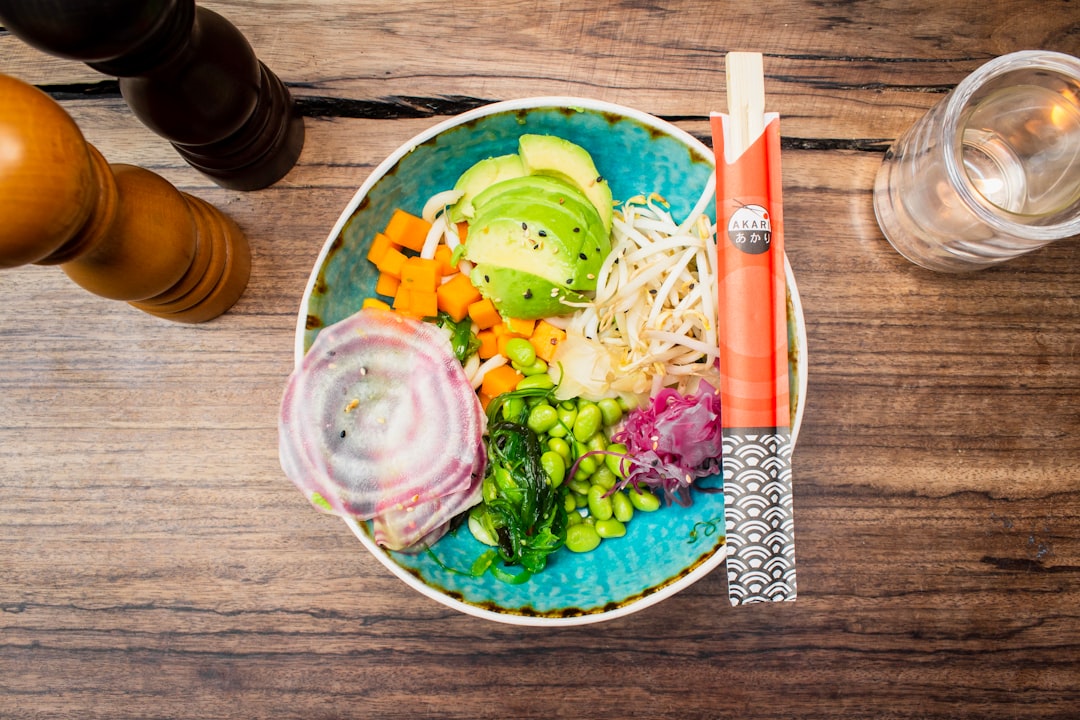“`html
How to Eat Healthy at a Restaurant: Your 10 Smart Choices Guide
Dining out is a delightful experience – a chance to relax, socialize, and savor delicious food without the hassle of cooking or cleaning. But for those committed to a healthy lifestyle, restaurant menus can sometimes feel like a minefield. Rich sauces, oversized portions, and hidden calories can quickly derail even the best intentions.


The good news? You absolutely can enjoy dining out and stick to your health goals. It’s not about deprivation; it’s about making informed decisions. This comprehensive guide will equip you with 10 smart choices to eat healthy at a restaurant, helping you navigate any menu with confidence and satisfaction. Let’s transform your dining-out experience!
Why Eating Healthy at Restaurants Matters
Before diving into the “how,” let’s quickly understand the “why.” Regular dining out, if not approached mindfully, can contribute to excess calorie intake, higher sodium consumption, and a lack of essential nutrients. Many restaurant dishes are designed for maximum flavor, often achieved through generous amounts of unhealthy fats, sugars, and salt. Over time, this can impact your weight, heart health, and overall well-being.
By learning how to eat healthy at a restaurant, you gain control. You can enjoy the social aspects of dining out without compromising your health goals. It’s about finding that sweet spot where pleasure meets nutrition.
Your Guide to Eating Healthy at a Restaurant: 10 Smart Choices
Ready to make smarter choices when you dine out? Here are our top 10 strategies to help you stay on track, no matter the cuisine.
-
1. Start with Water, Not Soda or Sugary Drinks
This is perhaps the simplest yet most impactful choice you can make. Sugary sodas, sweetened teas, and elaborate cocktails can add hundreds of empty calories to your meal before you even take a bite of food. Opt for water, sparkling water with a lemon wedge, or unsweetened iced tea instead. Staying hydrated also helps you feel fuller, potentially reducing overall food intake.
-
2. Scan the Menu Strategically
Don’t just pick the first thing that catches your eye. Take a moment to read the entire menu. Look for keywords like “grilled,” “baked,” “broiled,” “steamed,” or “roasted.” These usually indicate healthier preparation methods. Be wary of terms like “fried,” “crispy,” “creamy,” “smothered,” “battered,” or “au gratin,” which often signal higher fat and calorie content.
Take your time to read the menu carefully and look for healthier options. -
3. Prioritize Lean Protein
Protein is essential for satiety and muscle maintenance. When choosing your main course, aim for lean protein sources. Think grilled chicken breast, fish (like salmon, cod, or tilapia), shrimp, turkey, or plant-based options like tofu, tempeh, or legumes. These provide the necessary building blocks for your body without excessive saturated fats.
-
4. Load Up on Vegetables
Vegetables are your best friends on any healthy plate. They’re packed with vitamins, minerals, and fiber, which aids digestion and helps you feel full without a lot of calories. Ask for extra non-starchy vegetables as a side, or choose dishes that prominently feature them. Many restaurants are happy to substitute fries for a side salad or steamed veggies.
-
5. Be Wary of Dressings and Sauces
Dressings and sauces are notorious for hidden calories, sugar, and sodium. A seemingly healthy salad can become a calorie bomb with a heavy, creamy dressing. Always ask for dressings and sauces on the side. This allows you to control the portion, dipping your fork into the dressing rather than drowning your meal. Vinaigrettes are generally a better choice than creamy dressings.
-
6. Opt for Healthier Cooking Methods
As mentioned in tip #2, how your food is prepared makes a huge difference. Choose dishes that are grilled, baked, broiled, steamed, roasted, or stir-fried (with minimal oil). These methods typically use less added fat than deep-frying, pan-frying, or sautéing in butter.
-
7. Mind Your Portions
Restaurant portions are often significantly larger than what’s recommended for a single serving. Don’t feel pressured to finish everything on your plate. A great strategy is to ask for a to-go box when your food arrives and immediately put half of it away. This ensures you have a healthy meal for later and helps you avoid overeating. Alternatively, consider sharing an entrée with a dining companion or ordering from the appetizer menu as your main course.
-
8. Choose Smart Sides
The sides can make or break the health factor of your meal. Instead of fries, mashed potatoes loaded with butter, or creamy pasta, opt for healthier alternatives. Think steamed vegetables, a side salad (with dressing on the side), brown rice, quinoa, or a baked potato (plain, with minimal toppings). Don’t hesitate to ask for substitutions.
-
9. Don’t Be Afraid to Customize
Most restaurants are happy to accommodate reasonable requests. If a dish sounds appealing but has one unhealthy element, ask if it can be modified. Can they hold the cheese? Can they swap the fried chicken for grilled? Can they serve the sauce on the side? A simple request can transform a dish from indulgent to ideal. This is a powerful way to eat healthy at a restaurant without feeling restricted.
A balanced restaurant plate can be both delicious and nutritious. -
10. Skip the Bread Basket and Sugary Desserts
The complimentary bread basket can be a trap, filling you up with empty calories before your meal even arrives. Politely decline it, or ask the server to remove it. Similarly, decadent desserts, while tempting, are often loaded with sugar and unhealthy fats. If you crave something sweet, opt for fresh fruit, a small sorbet, or share a dessert with the table to enjoy just a few bites. Remember, you can always enjoy a healthier sweet treat at home later.
Beyond the 10 Choices: Mindful Dining Strategies
While the 10 smart choices are excellent for navigating the menu, a few additional strategies can enhance your healthy dining experience:
- Plan Ahead: If possible, check the restaurant’s menu online before you go. This allows you to make decisions without feeling rushed or pressured, helping you identify healthy options or potential customizations. You might even find nutritional information, which can guide your choices further.
- Listen to Your Body: Practice mindful eating practices. Eat slowly, savor each bite, and pay attention to your body’s hunger and fullness cues. Stop eating when you feel satisfied, not stuffed.
- Don’t Arrive Starving: If you go to a restaurant ravenously hungry, you’re more likely to overeat and make impulsive, less healthy choices. Have a small, healthy snack (like an apple or a handful of nuts
